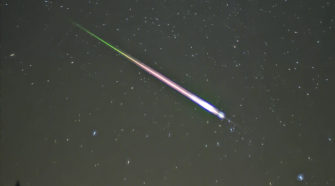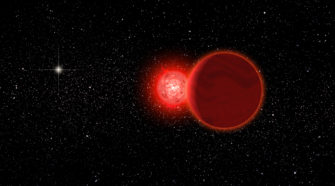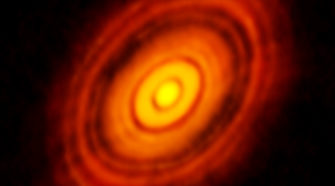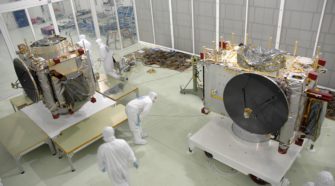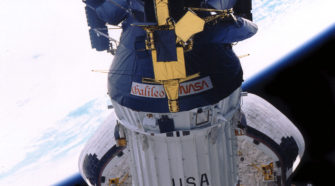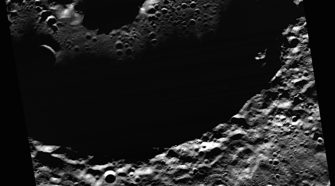History
This Week in History: November 15-21
NOVEMBER 15, 1927: Arnold Schwassmann and Arno Wachmann at Hamburg Observatory in Bergedorf, Germany, discover a very unusual comet, 29P/Schwassmann-Wachmann 1, that travels entirely between the orbits of Jupiter and Saturn and that undergoes repeated outbursts at irregular intervals. It is this week’s “Comet of the Week.” NOVEMBER 15, 2016: Polish astronomers Filip Berski and …
This Week in History: November 8-14
NOVEMBER 10, 2018: Astronomers Scott Sheppard, David Tholen, and Chad Trujillo discover the distant object 2018 VG18 – nicknamed “Farout” – located at a present heliocentric distance of 124 AU, at that time the most distantly observed object in the solar system. 2018 VG18 and other distant objects in the solar system are the subject …
This Week in History: November 1-7
NOVEMBER 1, 1577: Observers in Peru make the first sighting of the Great Comet of 1577. This comet, a brilliant object which is often referred to as “Tycho Brahe’s Comet” and which is one of the most important scientific comets in history, is next week’s “Comet of the Week.” NOVEMBER 1, 1948: Observers on the …
This Week in History: October 25-31
OCTOBER 25, 2020: Comet ATLAS C/2020 M3, discovered this past June 27 by the ATLAS survey in Hawaii, will pass through perihelion at a heliocentric distance of 1.268 AU. Comet ATLAS, which is a Halley-type object with an approximate orbital period of 139 years, has been unexpectedly bright (8th magnitude) lately, and may become even …
This Week in History: October 18-24
OCTOBER 18, 1977: Charles Kowal discovers the first-known centaur, (2060) Chiron, with the 1.2-meter Schmidt telescope at Palomar Observatory in California. Centaurs are the subject of a previous “Special Topics” presentation. OCTOBER 18, 1989: NASA’s Galileo mission is deployed from the Space Shuttle Atlantis, with its final destination being Jupiter. While en route to Jupiter …
This Week in History: October 11-17
OCTOBER 11, 1983: The InfraRed Astronomical Satellite (IRAS) spacecraft discovers the “asteroid” now known as (3200) Phaethon. Phaethon had the smallest perihelion distance of any asteroid known at the time and was soon found to be traveling in the same orbit as the Geminid meteors, suggesting it may be their parent object and thus may …

